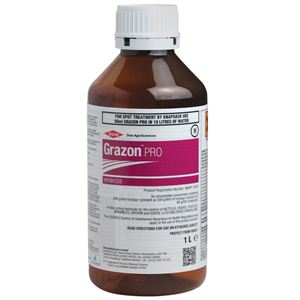Whether your main enterprise
is dairy, beef or sheep, flies are more than just a nuisance to your livestock
and are often the vectors for disease that can result in reduced productivity
and profitability, as well as animal welfare issues.
This means that fly control
over summer is vital. By reducing flies’ contact with livestock, we can better
control key diseases such as Summer Mastitis, Pink Eye and Blowfly Strike.
These common fly-borne diseases will reduce animal productivity and your profit
margin, so it’s vital that we take a proactive approach to prevention. The good
news is that we can introduce simple protocols to reduce the impact of summer
flies- let’s take a look at how you can take back control
Summer Mastitis in particular is a disease
which causes huge stress and expense for Irish farmers. Painful and
debilitating, summer mastitis is a fly-borne disease resulting in the infection
of the non-lactating mammary gland which affects dry cows, young calves and heifers.
Where animals are affected by
summer mastitis, veterinary intervention will be required as antibiotics and
anti-inflammatories will be needed. However, prevention is always better than
cure as, in reality; most affected quarters will not recover.
Taking Control
Now is the time to act to
reduce the risk on your farm. In most cases, successful prevention of fly-borne
diseases is very reliant on the repelling the adult fly. Fly control is vital
to prevent the disease from spreading from cow to cow. Fly control ear
tags, insecticides, pour-ons and weekly application of stockholm tar can all
play a role in fly control.











